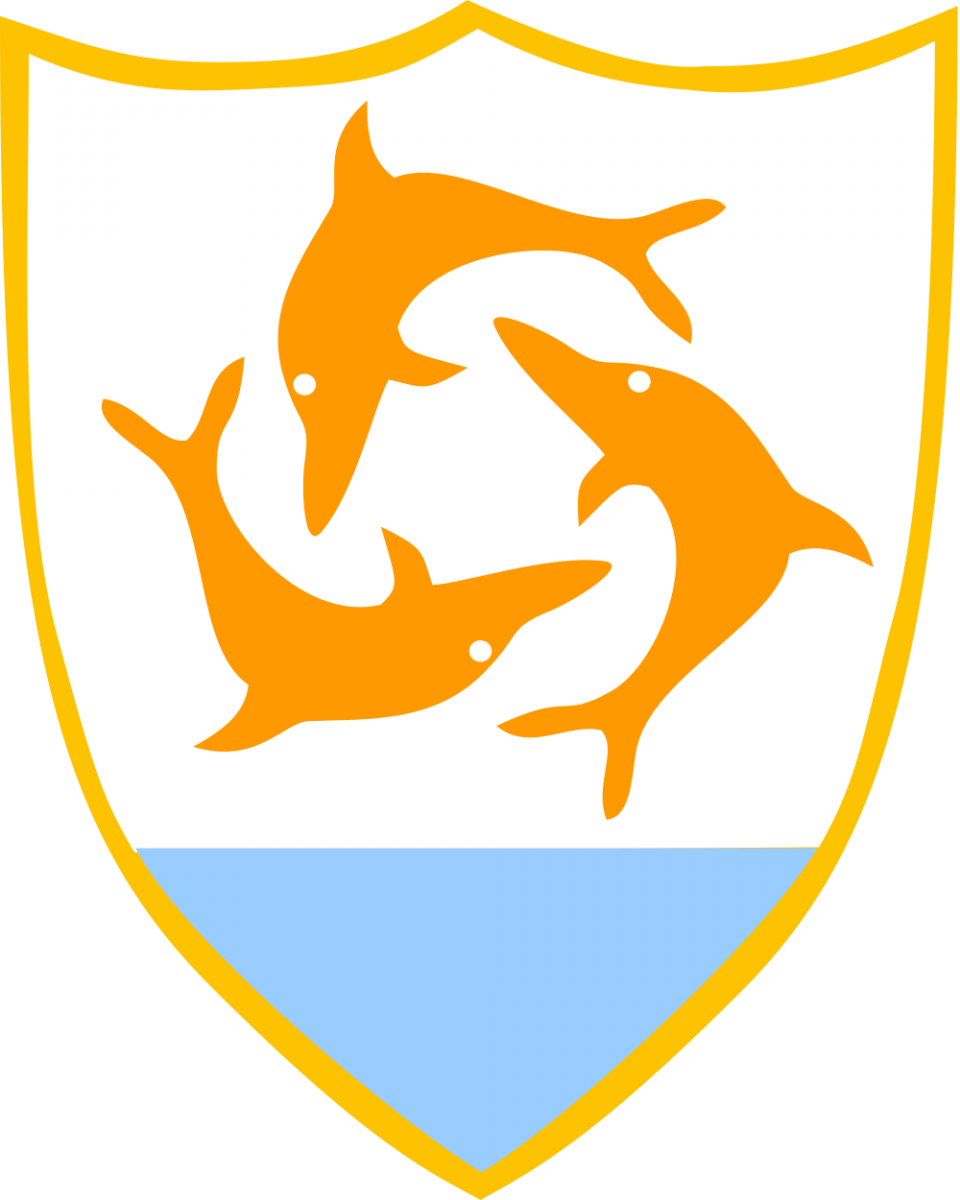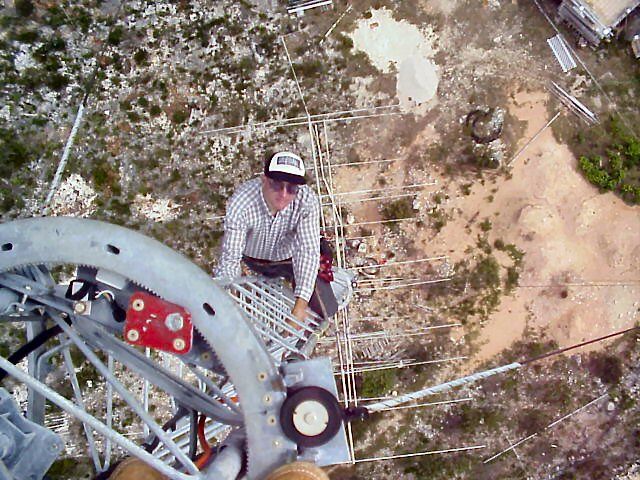N5AU and NU5B will be active from Anguilla Island as VP2EH and VP2EC
They will be active in CQ WW WPX SSB Contest 29-30 March 2014 as VP2E
QSL info
VP2EH via N5AU , LOTW
VP2EC via N5AU , LOTW
VP2E via N5AU , LOTW



The name Anguilla derives from the word for "eel" in any of various Romance languages, probably chosen because of the island's eel-like shape.
Anguilla was first settled by Amerindian tribes who migrated from South America. The earliest Amerindian artifacts found on Anguilla have been dated to around 1300 BC, and remains of settlements date from 600 AD.The date of European discovery is uncertain: some sources claim that Columbus sighted the island in 1493, while others state that the island was first discovered by the French in 1564 or 1565.
Anguilla was first colonised by English settlers from Saint Kitts, beginning in 1650.The French temporarily took over the island in 1666 but under the Treaty of Breda it was returned to English control. In this early colonial period Anguilla sometimes served as a place of refuge. A Major John Scott who visited in September 1667 wrote of leaving the island "in good condition" and noted that in July 1668 "200 or 300 people fled thither in time of war."Other early arrivals included Europeans from Antigua & Barbuda and Barbados.
It is likely that some of these early Europeans brought enslaved Africans with them. Historians confirm that African slaves lived in the region in the early 17th century. For example, Africans from lived in St. Christopher (today St. Kitts) in 1626. By 1672 a slave depot existed on the island of Nevis, serving the Leeward Islands. While the time of African arrival in Anguilla is difficult to place precisely, archival evidence indicates a substantial African presence (at least 100) on the island by 1683.
While traditional histories of the region assume that the English were the first settlers of Anguilla under British rule, recent scholarship focused on Anguilla offers a different view. It places more significance on early sociocultural diversity. The research suggested that St. Christopher,Barbados, Nevis and Antigua may have been important points of origin. Regarding African origins, West Africa as well as Central Africa are both posited as the ancestral homelands of some of Anguilla's early African population.
During the early colonial period, Anguilla was administered by the British through Antigua, but in 1824 it was placed under the administrative control of nearby Saint Kitts. In 1967, Britain granted Saint Kitts and Nevis full internal autonomy, and Anguilla was also incorporated into the new unified dependency, named Saint Christopher-Nevis-Anguilla, against the wishes of many Anguillians. This led to two rebellions in 1967 and 1969 (Anguillian Revolution), headed by Ronald Webster, and a brief period as a self-declared independent republic. The goal of the revolution was not independence per se, but rather independence from Saint Kitts and Nevis, and a return to being a British colony. British authority was fully restored in July 1971, and in 1980 Anguilla was finally allowed to secede from Saint Kitts and Nevis and become a separate British Crown colony (now a British overseas territory).

